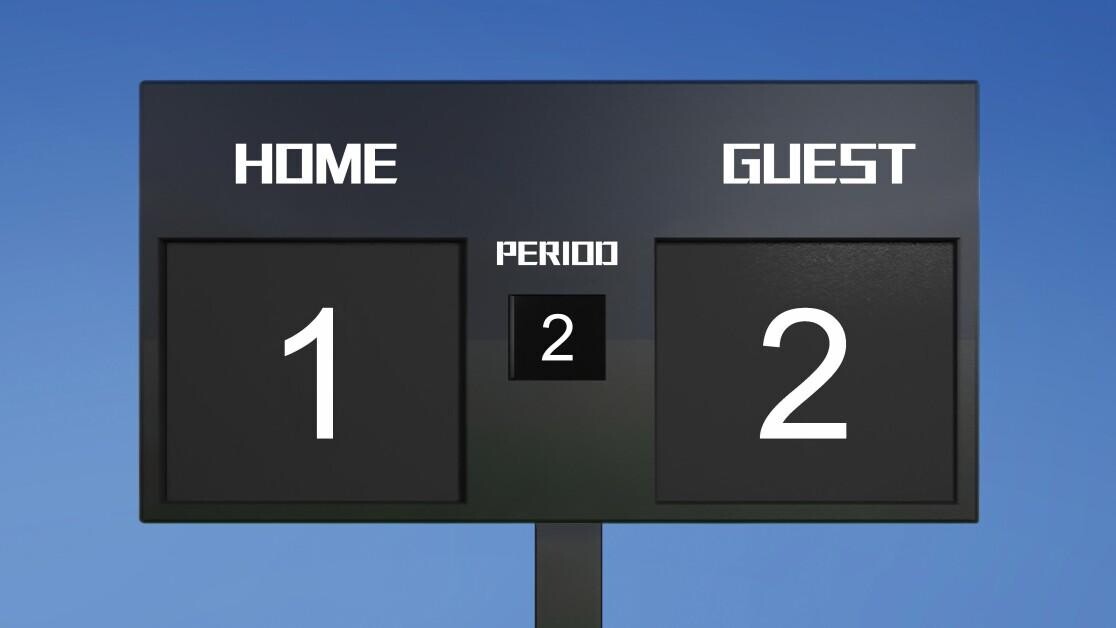
With 30+ years in racing and betting, Darren helps punters develop their skills. As OLBG’s Tipster boss and expert guide, he turns insight into winning strategy.
What is now known in the West as Asian Handicap Betting was originally called Hang Chen
Betting has been popular in Indonesia for a long time but is said only to have gotten its English name as late as 1998.

The story goes that Joe Phan, an Indonesian bookmaker sent an Email to a journalist called Joe Saumarez Smith who at the time worked for an organisation called Vegas Insider, asking for an English name for this type of bet.
Asian Handicap was the name that Smith came up with.
In the simplest terms it is a way of evening up a game of football so that there are two main outcomes that can happen which have a roughly even chance of happening
Contrary to popular belief, the Asian Handicap doesn't always rule out the chances of a draw although it does mean that this draw outcome (usually referred to as a “push”) cannot be bet upon, in the event of a push, stakes are refunded.
To gather more information on Asian Handicap betting please check out the informative betting school article on AH betting.
The Simplest Case
In this blog I am going to explain how I think about Asian Handicap betting using a metaphor, this may sound a little bit strange but I think it might help anyone struggling to understand the AH.

I think of a game of football not as being played on a football field, but as a tug of war between two teams stood ten metres apart.
There is a handkerchief tied around the rope and every time a goal is scored, the handkerchief is pulled one metre nearer to the team that scores.
Perhaps the simplest of AH lines to understand is +0,-0, and in this case the handkerchief starts out exactly in the middle of the teams, five metres away from each of them.
In this scenario, if I bet on team A, there are three things that can happen:
- If the handkerchief is nearer to team A (team A has scored more than B) at the end of the game then I have won.
- If it is nearer to team B (team B has won the game) then I have lost.
- If the handkerchief ends up exactly halfway between the two, (the game was drawn) then I have neither won nor lost, this is the push.
Whole Number Handicaps
It is not necessary for the handkerchief to start exactly in the middle, it can be moved.
Imagine the handkerchief starts off four metres away from A and six metres away from B, in this case the bet is like a draw no bet but with team A having a goal start.
If team A loses by a goal, then the bet is a push, if team A draw or win, then betting on team A wins the bet, if you bet on team B then you would need them to win by two goals, in order for that bet to be a winner.
The way this line is written if team A is at home is +1,-1.
The handkerchief can start anywhere on the rope, depending on how unevenly the teams are matched, the weaker team will always have a positive handicap and the stronger team a negative one.
The scenario I am looking at here though, where is a chance of a push, only happens when the handkerchief starts of an exact number of metres away from each team.
In other words, the Asian Handicap line is quoted in whole numbers, +0,-0; -1,+1; +1,-1; +2,-2 etc. and as long as it is an exact number of metres from each team, then there will always be the possibility of the push scenario.
Handicaps With The Push Eliminated
Imagine now that team A is playing team B again.
This time the handkerchief starts off neither in the middle, nor an exact number of metres away from each team, but four and a half metres away from team A and five and a half metres away from team B.
If a goal is scored, then it still moves one metre, so in this situation, it is impossible to get a push situation.
Side A is the winner if they win the game or if the game is a draw and a bet on side B only wins if they win the game.
In Asian Handicap terminology this line is written as +0.5,-0.5 (assuming team A are at home).
Similarly to the above, you can also have 1.5,-1.5 (handkerchief starts 3.5 metres from A) or -1.5,1.5 (handkerchief starts 6.5 metres from A).
What all of these lines have in common is that it is impossible for there to be a push situation,
A team can never score half a goal, so if the handkerchief starts off a distance from the two teams that is not a whole number of metres, then it can never end up exactly halfway between them.
This is perhaps the simplest bet it is possible to make on a football game, and one I often like to use.
More Complicated Lines
Given the way I have explained this so far I can imagine that lines like 0.75,-0.75 would seem pretty pointless.
If the handkerchief was going to 4.25 metres from team A, then it is not really that different to 0.5, -0.5, in that it is a two-horse race where a draw is not possible, but in fact this is not what is meant here.
Perhaps a clearer way to write 0.75,-0.75 is to write 1&0.5, -1&-0.5. Going back to the tug of war handkerchief metaphor, this is actually a rope with two handkerchiefs tied to it, one at 4 metres from team A and one 4.5 metres from team A.
If a punter bets £10 on this bet, then it is effectively like betting £5 on 1,-1 and £5 on 0.5,-0.5. In this scenario, there are more options than the other types of Asian Handicap.
As well as a straight win or loss (where the bettor is winning on both handkerchiefs), with these types of “two-line” AH bets, it is also possible to have outcomes called “half push half win”, and “half push half lose”.
It may not sound like a great win to bet £10 and only get £14.75 back from the bet, but in a long sequence of bets, a sizable number of these outcomes will mount up.
This is certainly be better than losing £10 each time, similarly with a half lose half push, getting back £5 from a £10 bet is not a great outcome, but over a series of bets where some are winners, it can make the difference between being profitable and making a loss.
I hope this will help some people to understand AH betting, this is a type of bet which it took me a while to get too grips with, but I feel it has been well worth it.
In my next blog, I will be explaining in more detail why I like to use the Asian Handicap and outlining some scenarios where it has worked for me.



